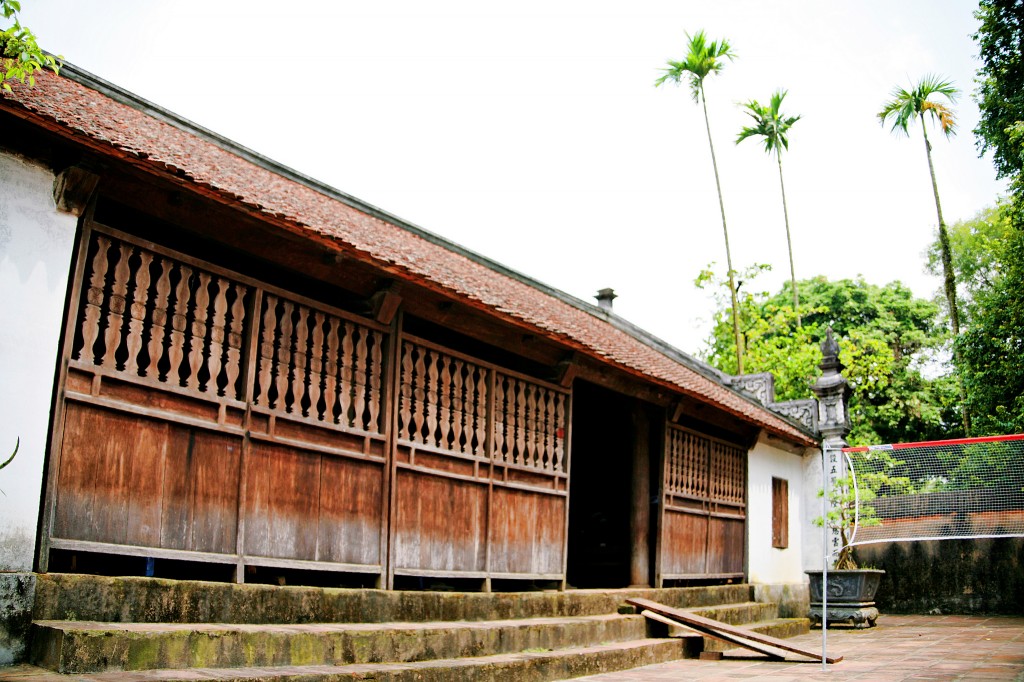
The distinct brown colour of soil walls, the yin and yang tiles, its wooden fences and big water jars give Bo Da Pagoda an old-world feel. The pagoda houses a remarkable collection of the oldest Buddhist texts in Vietnam, which are engraved on a type of ebony [Diospyros decandra] wooden blocks and have lasted for hundreds of years without any preservatives.

Bo Da Pagoda was built in the 11th century during the Ly Dynasty, the golden age of Buddhism in Vietnam. The pagoda, which has survived several wars and been renovated many times throughout the centuries, now demonstrates the architectural style of the Nguyen Dynasty (the last dynasty of feudal Vietnam).

Its architectural complex consists of nearly 100 ancient compartments, which all open into one another, and features a distinct layout that resembles the word “quốc” (國-“state”) in Chinese. Therefore, although the complex appears to be closed from the outside, once getting to the inner area of the pagoda, visitors probably get lost within a maze of corridors and shrine rooms.

Tourists may wish to pray in the sanctuary hall or absorb themselves in a sacred atmosphere in the 2-arch Tower Garden along the hill outside the pagoda.


The pagoda is famous for its record as the largest tower garden in Vietnam with 97 towers, inside which are the cremated ash remains of 1,214 monks and nuns of Lam Te Buddhism. All of these towers are made of stone and solid brick, coated with lime, molasses and wood-pulp and inscribed with the days of birth and death of the monks and nuns.
Bo Da pagoda is also home of over 2,000 Sutra woodblocks dated from the 18th century. Carved on “thi” wood (Diospyros decandra) that is light, pliable yet durable, the woodblocks have survived time and weather without any preservative. Those priceless woodblocks are now carefully preserved and protected in the pagoda’s library but can be shown to visitors if they ask for permission of the monks.


Nowadays, there are only two monks living in Bo Da Pagoda. However, the pagoda is still regarded as one of the major Buddhism centres in Vietnam due to its significant historical and cultural values.
From February 16 to 17 of the lunar calendar, Bo Da pagoda and the local government host an annual festival in Tien Son commune, Viet Yen district, Bac Giang, which attracts thousands of monks, believers and tourists. The festival includes prayer, folk music performance and sightseeing.

To view more photos from this Bo Da Pagoda article in a full-size gallery please click this link.
Article and photos by Architectureofbuddhism.com writer Sophia Doan.